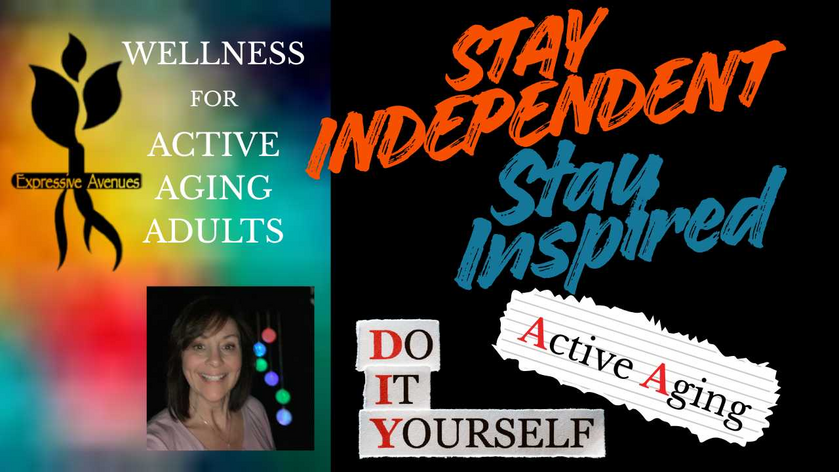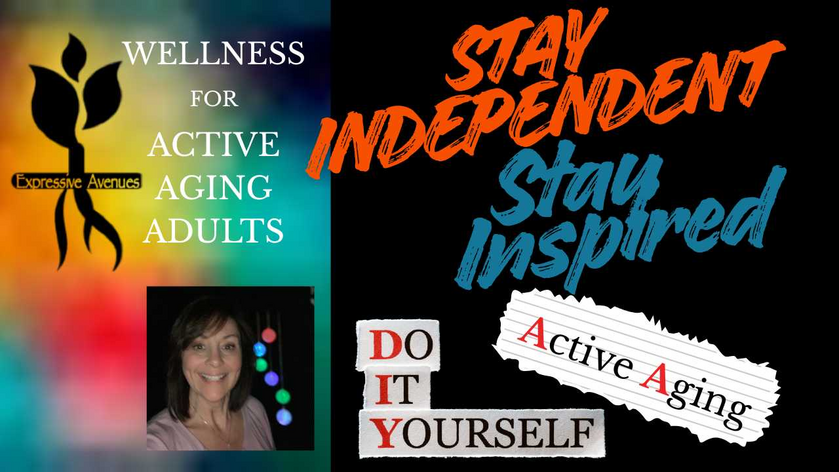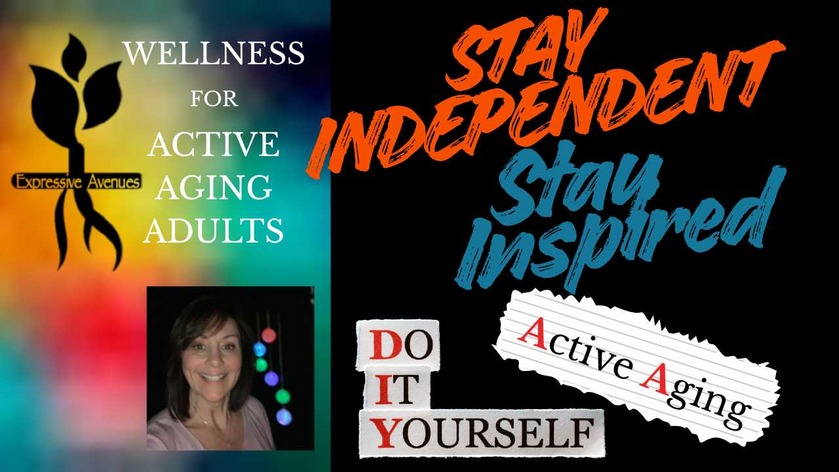To combat the notion that functional, simple, elegant movement is somehow “easy” or unworthy of attention, we must first reframe the narrative. Instead of dismissing these approaches as trivial, we should emphasize that their simplicity hides profound complexity. Every movement—even one as routine as sitting or standing—involves a nuanced interplay of neural control, precise muscle engagement, and mindful awareness. It’s not about doing less but about doing it deliberately and efficiently.
1. Embrace the Power of a Guiding Image: A guiding image isn’t just an aesthetic overlay; it’s a catalyst for quality movement. When you choose a vivid image—like the relentless, graceful flow of a waterfall—it does more than decorate the exercise. It informs the movement by encouraging fluidity, continuity, and targeted energy. For instance, visualizing the smooth, powerful trajectory of a golf club helped one participant overcome his initial difficulty with a specific exercise. This approach reinforces that every movement is layered with intention and insight. The brain must first conjure the details of the image (its shape, energy, texture) and then translate that into muscular precision. This process transforms a seemingly basic movement into a sophisticated, mindful practice.
2. Highlight the Pause Between Thought and Action: We often underestimate the critical moment—the pause—between intention and execution. This delay is the brain’s opportunity to check which muscles are actually needed and to fine-tune the movement. By recognizing and capitalizing on this gap, practitioners learn to eliminate extraneous tension (like a clenched jaw or raised shoulders) that might have crept in unconsciously. As Moshe Feldenkrais observed, this conscious delay is the foundation of awareness. It’s a key teaching that reflects the depth and care required to rebuild functional movement patterns, underscoring that nothing about these practices is trivial.
3. Educate on the Benefits Beyond the Obvious: There’s a deep misconception that effective exercise must be about sweating profusely or pushing to exhaustion. The legacy of the 1980s and 90s fitness explosion ingrained the belief that harder, faster, and longer are inherently better. However, the truth is that efficiency—involving proper muscle isolation, optimal use of energy, and precise movement—yields long-term benefits. By learning to sit and stand correctly, individuals not only reduce the risk of injury but also preserve their quality of life as they age. When we replace dysfunctional movement habits with efficient, elegant ones, we lay the groundwork for a body that can gracefully adapt to the challenges of aging and rehabilitation.
4. Functional Movement as the Basis for Longevity Our natural compensatory mechanisms over a lifetime can mask underlying dysfunction—think of how a broken bone calls in backup muscles and tendons when the primary system fails. By focusing on building efficient, functional movement early, we lay the groundwork for a body better able to handle the stresses of time. The goal is not merely to repeat an action but to refine it, ensuring that only the essential muscles contribute to the task, thus conserving energy and reducing wear. This is especially crucial in active aging adults, where even small improvements in movement efficiency can translate to significant gains in independence and quality of life.By addressing these points, you recast functional movement as not only beneficial but essential. It’s about recognizing the elegant complexity in what appears simple. The guiding image sharpens our focus, the pause cultivates
awareness, and the deliberate movement reinforces proper body mechanics—all of which are critical for sustained health and resilience.
Beyond these strategies, it’s also worth exploring how similar principles might benefit other areas of physical training. For example, can the mindful approach applied to sitting and standing be extended to balance, walking, or even more intensive movements? This layered, intentional approach to every movement can reshape our overall understanding of exercise, making it a holistic pursuit that enhances both physical health and quality of life.

















